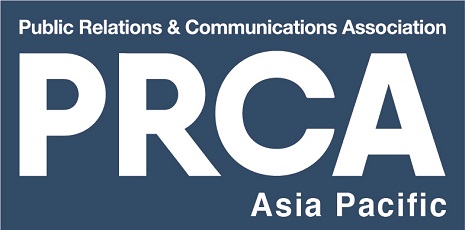Author: Jon Howard and Marion Ang
(Committee members of PRCA Asia Pacific Workplace & Culture Group)
This article was originally posted on PRovoke Media website.
The PR industry is faced with a widening gap and lack of connection between its leaders and employees in the post-pandemic workplace.
We all remember those managers who supercharged our careers. Those managers who led by example and demonstrated a clear set of values, which clearly underpinned their behaviour and decision-making. In turn, these managers had similar managerial role models in their formative years, who helped turn them into first-class communicators and leaders of the future.
These great managers aren’t created in a lab. Many are not natural born leaders. Instead, they are the product of managerial example-setting and carefully devised learning and development initiatives within companies who prepare talented young employees for a frontline leadership career.
Evolving challenges in a polarised world
Our young professionals are starting their careers in an era of global upheaval caused by fake news and disinformation, political polarisation, economic recession, war and the lingering after-effects of Covid-19. Businesses are now faced with a widening gap and lack of connection between its leaders and employees in the post-pandemic workplace.
During a roundtable of Asia-Pacific senior communications leaders earlier this year organised by Prospect, a key talking point was around the nature of hybrid work and its impact on on-the-job training for junior team members. Learning to be a good manager starts with the fundamentals of social skills such as how to behave in business meetings and during team interactions. But the problem is, the benefits of watching and learning from experienced peers has been taken away from a generation forced to learn almost exclusively in the virtual sphere throughout the COVID-19 pandemic.
Another bigger challenge is at play for this new generation – employee happiness and mental health. A study published last year by HR World, Singapore was ranked as the most overworked country in the world, with 7 in 10 admitting to being unhappy in the workplace and Google searches for “overworking” having increased by 74% since before the pandemic. In addition, around 62% admitted to feeling burnout. While one preventative measure for burnout is managers being better educated on how to spot the signs of it manifesting, what if many of today’s managers are simply not empowered or equipped with the skills and experience to do their best work?
Managers feel stuck in the middle
If we think about the adage, “people don’t leave companies, they leave managers”, it presents a great summary for another study, this time conducted by the consulting firm McKinsey. Within their research, it was discovered that while (in the past) an attractive salary could help keep people in a job despite a bad boss, much has changed in the wake of the pandemic. The findings showed “uncaring and uninspiring” leaders are a major reason why people quit their jobs, alongside a lack of career development. This correlates to further findings published last year in Harvard Business Review, arguing that the quiet-quitting phenomenon was more about bad bosses than bad employees. After all, it was found that the least effective managers supervised three to four times as many employees in the quiet quitting category versus the most effective leaders.
We are seeing an interconnected present and future problem in the communications & PR industry right now, with poor management issues begetting even worse management practices in years to come. No one generation or seniority level is at fault. But the nature of “paying it forward” has become muddied in our industry as time-poor, under-trained and burned out professionals are struggling to find their feet. How then can we relieve our current and future managers of these pressures, and work towards a healthier and happier workplace?
It’s time to empower our future leaders
The bottom line is, unhappiness and poor mental health is bad for business. The combination of remote work and the changing demands and expectations of employees has intensified ineffective management practices. Productivity loss due to depression and anxiety disorders cost the global economy $1 trillion each year. It is therefore an imperative for businesses to satisfy their workforce by being personal and authentic in their efforts to invest time in their managers and educating around what leadership best practices looks like. Gone are the days of simply focusing on compensation, job title and financial security to keep workforces satisfied.
During the pandemic, the virtual environment and social isolation has hit young people hard. They have missed out on crucial opportunities to develop foundational professional and social skills such as networking, speaking confidently in front of a crowd and even the attentiveness and ability to connect with people in an in-person environment.
The fact is young aspiring managers want to be trained and mentored around fundamental business behaviours. A study by Prospect has shown that in Asian businesses, training opportunities played the biggest part in fostering employee happiness. And as the research shows for this year, the biggest training demand from emerging communications & PR pros is to undertake management courses.
Now is the time to hit the pause button and reevaluate the required DNA of a role model leader in our industry. Then, our aim should be to put the systems in place to ensure best practices, aka “what good looks like”, is able to spread across agencies and brands. This is our responsibility to the industry’s next generation of talent.
Join us on this first step by completing our survey on leadership practices in APAC communications & PR, which you can find here.

